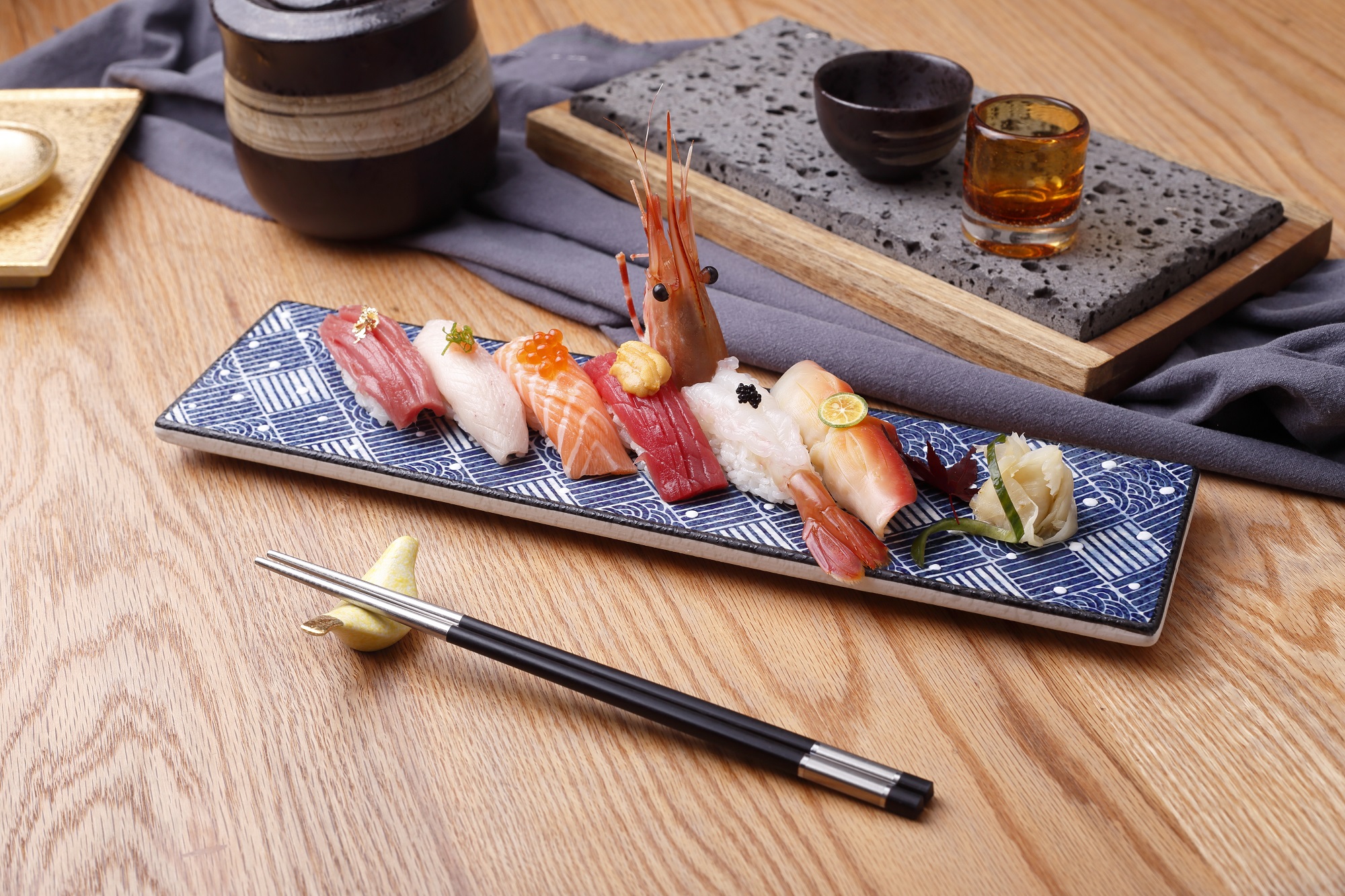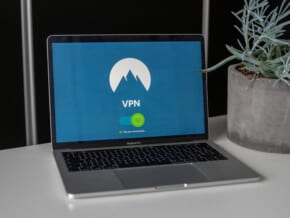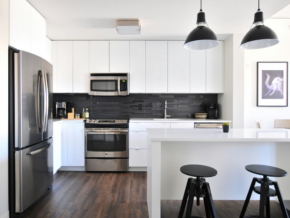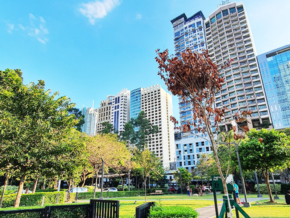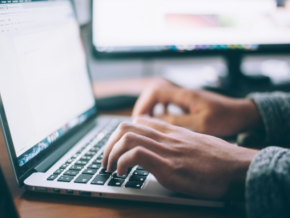LPG Saving and Safety Tips

LPG prices have been going down as of late, but that doesn’t mean everyone is allowed to cook like crazy. Even a few minutes of added cooking time can add up to a lot of wasted gas and money.
You can go for the latest craze: getting an induction stove, but with electricity rates about to go up (due to summer being just around the corner and, of course, El Niño), getting a gas burner running on LPG might still be the best energy-saving option.
Here are a few tips to help you save on LPG:
1. Wipe your pots and pans before cooking. Wet/dirty cookware may lead to you using more gas than you really need.
2. Have all your ingredients prepared before you even turn on your burner. Yes, you’re a good cook, but it’s better to have everything prepared and within arms reach than having to chop them up (or go back to your pantry) before throwing them in the pan.
3. Use the right size pots for your burners. That pot may look cute, but if you plan to cook something with it you’ll probably need to lower the heat if it’s too small for your burner.
4. Thaw frozen food before cooking. It may say “cook from frozen” on the pack, but you can always play it safe (and save LPG) by thawing your frozen food.
5. Keep that lid on (if possible). A lid helps trap in the heat, thus helping you cook your food faster. You don’t really need that pot/pan open when taking a whiff of your cooking, right?
6. Lower the heat if flames start licking the sides of your pot/pan. That’s wasted gas, right there. No one wants that.
7. Pressure-cook your meats if you want them tender. Better yet, use a meat tenderizer. It saves you from having to boil it for hours, while still getting close to the same taste.
LPG tanks are a fire hazard if not properly maintained, so here are a few tips from the Department of Energy to keep you safe from harm:
1. Check rubber tubes regularly for cracks, if any. Change rubber tube at least once in two years.
2. Strike the match first then open the burner knob of your stove, but only if you own a burner that needs one.
3. Retain the safety cap with nylon thread attached to the cylinder. Fix the cap on the valve to stop it from leaking, or if it’s not connected to a burner.
4. Do not place the cylinder inside a closed compartment. Keep the stove on a platform or table above the cylinder.
5. Always use an apron while cooking.
6. Check your cylinder for leaks by applying a soap solution.
7. Keep the cylinder vertical with the valve on top and installed at ground level on a flat surface.
8. Cylinders must not be installed near any heat source or exposed to the elements.
9. Make sure the regulator used is the same diameter as the cylinder valve. It should also be kept off when you’re not using your burner.
(Tips taken from DOE Brochure)
Remember these tips and you should not have any problems with your LPG consumption.




